Typhoon and Tornado jets maintained a presence over Raqqa over the weekend, destroying an Islamic State headquarters building, including a strongpoint adjacent to the now-abandoned Islamic State ‘Immigration Office’, and machine-gun and mortar teams.
The next day, a flight Typhoons destroyed an Islamic State position in Raqqa with Paveway IVs. A mixed Tornado and Typhoon pair also patrolled over the city and they conducted Paveway IV attacks, which destroyed a sniper team and two machine-guns.
The aircraft moved off towards the east of Syria, where a command post that was controlling truck-bomb attacks had been identified 40 miles south of Al Hasakah. This was destroyed with a further Paveway.
Typhoons bombed another Islamic State position in Raqqa on Wednesday, whilst Tornados struck a mortar near Kisik in northern Iraq.
What is the status of the air campaign?
The UK has been the second largest contributor to the air campaign in Iraq and Syria. UK aircraft have flown over 3,000 missions as part of Operation Shader, and as of the beginning of November 2016 had conducted 1,115 airstrikes against ISIS targets in Iraq and Syria (1,048 and 67 respectively).
In July 2016 the MoD acknowledged that “the RAF has not operated at this sustained operational tempo in a single theatre of conflict for a quarter of a century”.
The Government has consistently maintained that no civilian casualties in Iraq or Syria, to date, have resulted from UK air strikes however it adds “no military operations come without risk, particularly in dense urban environments and against such inhuman Daesh tactics, the RAF continues to take all steps necessary to minimise civilian casualties.”
In December 2016, it was reported that the Royal Air Force is operating at its most intense for 25 years in a single theatre of operation which far outstripped the UK involvement in Iraq and Afghanistan – RAF jets have dropped 11 times more bombs (1,276 strikes) on Syria and Iraq in the preceding 12 months than they had in the busiest year of action in Afghanistan a decade previously.
The cost of the operations against Islamic State and other details of the campaign were revealed in a briefing paper. In March 2015 the MoD confirmed that the net additional costs of the military air operation would be met from the Treasury Special Reserve; while the costs of training and equipping the Iraqi and Kurdish security forces, and the provision of key enablers, would be met from the MOD’s Deployed Military Activity Pool (DMAP).
In answer to a parliamentary question in September 2016 the MoD set the costs of the operation, between August 2014 and the 31st of March 2016, at £265 million (£45 million in the 2014-15 financial year, and £220 million in the 2015-16 financial year).


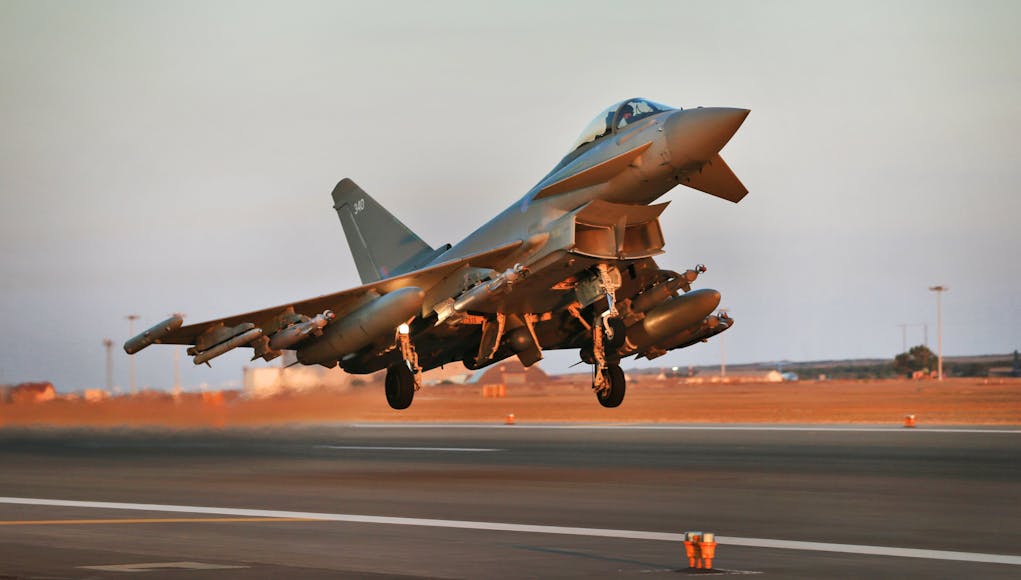
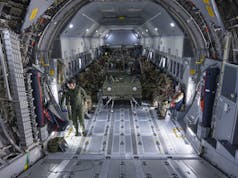
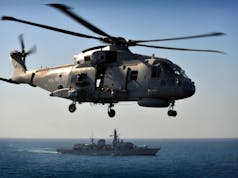
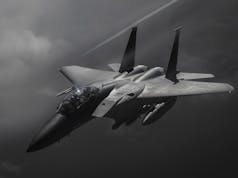

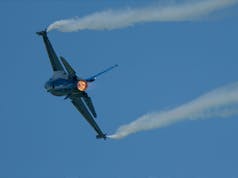
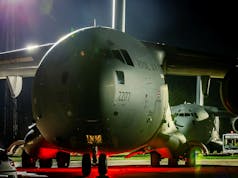
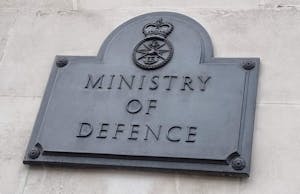









I hope that they are using the oldest ordinance first and checking the best before dates. I guess it is giving everything a good real operational test but I can’t help wondering what £265 Million could do elsewhere in the MOD or NHS.
These are not pleasant times and standing by because of liberal objections is why we are in this mess in the first place. We are facing an enemy that has attacked innocent life three times this year on UK soil, bout time they got a pasting. Ask any of the local people in these countries and they well tell you it’s money well spent.
Defeat of ISIL should be a priority, otherwise the damage they will wreck on us will cost a lot more than £265m.